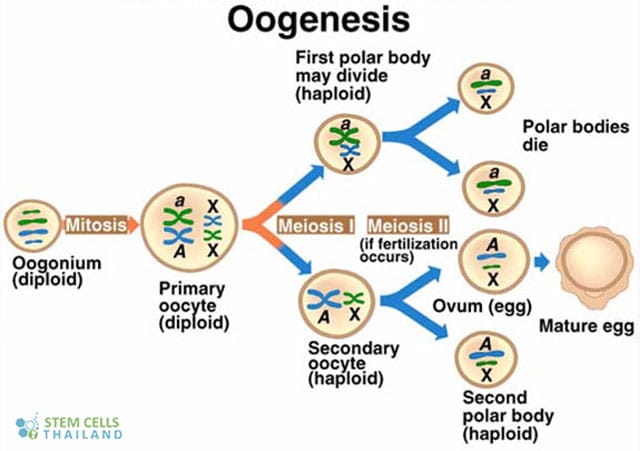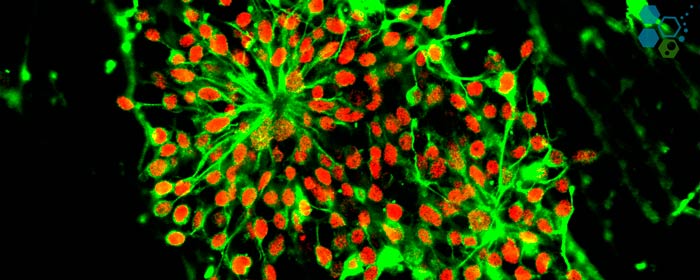The Polar body refers to the resultant structure that an egg cell (oogonium) produces as it undergoes meiosis. During the first stage of meiosis, the egg cell evenly divides the chromosomes between the resultant two cells. However, the cytoplasm is divided unevenly.

One of the cells retains majority of the cytoplasm, leaving the other cell with a very small amount or nearly none. That smaller cell represents the first polar body, which normally undergoes degeneration. The resultant larger cell, which is the ovum, re-divides, generating the second polar body containing half of the chromosome amount and a nearly absent cytoplasm. This second polar body then splits up and positions itself near the oocyte or the larger cell until such time that it undergoes degeneration. At the end of meiosis, there shall be only one functional egg or oocyte produced.
Oocyte Polar Body Biopsy
Polar body formation is a unique feature of female gametogenesis (oogenesis). Oogenesis is the process by which female germ cells (oogonia) differentiate and mature into ova or eggs. During this process, a series of meiotic cell divisions occur, leading to the formation of polar bodies.
Polar body formation
- Purpose of Polar Bodies: The primary goal of oogenesis is to produce an ovum with a haploid set of chromosomes. However, because females need to conserve as much cytoplasm as possible in the ovum (to nourish the potential zygote post-fertilization), the meiotic divisions are asymmetrical. Instead of dividing the cytoplasm equally, the majority stays with the developing ovum, while the extruded set of chromosomes gets only a small amount of cytoplasm, forming a polar body.
- Process of Formation of Primary Oocyte: Female mammals are born with a fixed number of primary oocytes, which are arrested in prophase I of meiosis. These cells remain in this state until puberty.
- Resumption of Meiosis: Under the influence of hormonal changes during the menstrual cycle, the primary oocyte completes its first meiotic division. However, this division is asymmetrical, producing a large secondary oocyte and a smaller first polar body.
- Secondary Meiosis: If the secondary oocyte is fertilized by a sperm, it will complete its second meiotic division, again in an asymmetrical fashion. This results in the formation of the mature ovum and a second polar body. Similarly, the first polar body may also undergo this division, leading to the formation of two smaller polar bodies.
- Destiny of Polar Bodies: Polar bodies are not capable of being fertilized. Over time, they degenerate and are reabsorbed by the body.
- Significance and Conservation of Cytoplasm: Polar body formation ensures that the ovum retains most of the cytoplasm, which is vital for early embryonic development post-fertilization.
- Genetic Implications: While polar bodies cannot be fertilized, they can be analyzed for chromosomal abnormalities or genetic mutations. This approach has implications for in vitro fertilization (IVF) procedures, where polar body genetic analysis might be used to assess the genetic viability of the associated ovum.
Polar body formation is a crucial process in oogenesis that ensures the mature ovum has a haploid set of chromosomes while retaining the bulk of the cytoplasm. The extrusion of polar bodies is a manifestation of the asymmetrical cell divisions characteristic of female gametogenesis.

